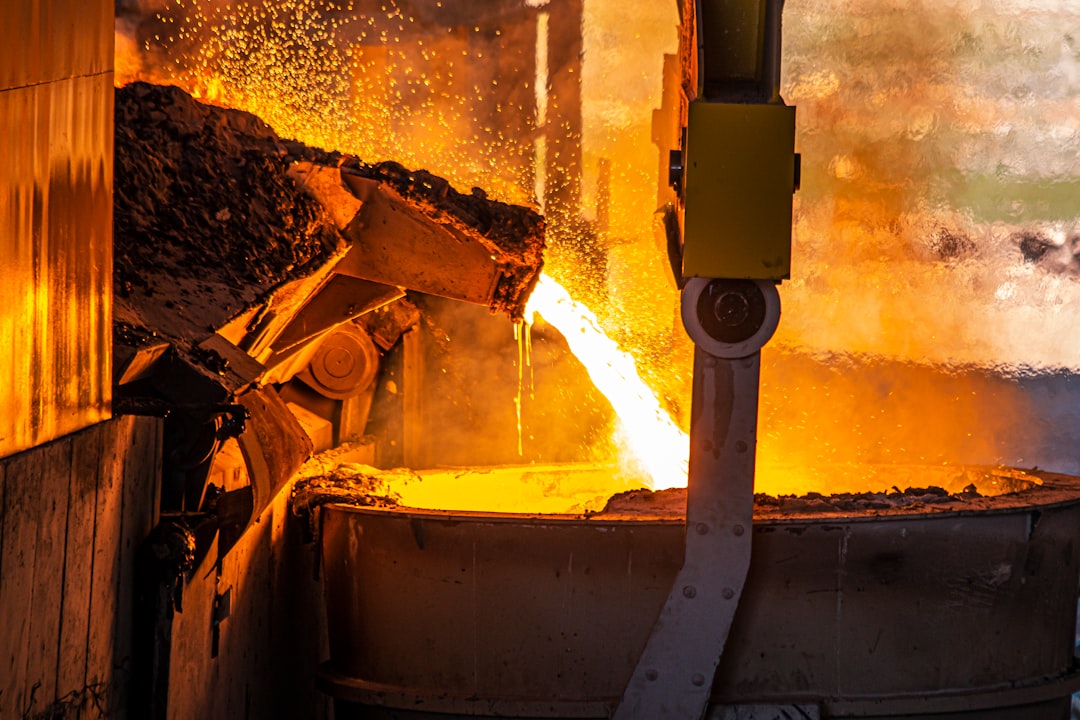Project-based steel manufacturing represents a significant shift from traditional mass production. Instead of churning out standardized components, this approach focuses on delivering bespoke steel solutions tailored to the specific needs of individual projects. This requires a higher level of customization, precision, and project management expertise. This post delves into the intricacies of this dynamic field, exploring its key aspects and the challenges involved.
1. Design and Engineering: The Blueprint for Success
The foundation of any successful project-based steel manufacturing endeavor lies in meticulous design and engineering. This phase involves close collaboration between the manufacturer, the client, and potentially architects and engineers. Detailed specifications are crucial, encompassing everything from material selection (grade of steel, thickness, surface finish) to intricate dimensional requirements and tolerances. Advanced Computer-Aided Design (CAD) and Building Information Modeling (BIM) software plays a vital role in creating accurate 3D models, facilitating efficient communication, and minimizing errors. Detailed shop drawings, including fabrication and assembly instructions, are generated to guide the production process. This collaborative design phase ensures that the final product perfectly aligns with the client’s vision and project specifications, minimizing costly revisions and delays.
2. Fabrication: Precision and Efficiency in Steel Shaping
Once the design is finalized, the fabrication phase begins. This involves transforming raw steel into the required components using various techniques, including cutting (laser, plasma, waterjet), bending, rolling, welding (MIG, TIG, submerged arc), and drilling. The choice of fabrication method depends on factors like the complexity of the design, material properties, and desired tolerances. Project-based manufacturing often necessitates the use of advanced CNC (Computer Numerical Control) machinery for precise and repeatable cuts and bends. Quality control is paramount during this stage; rigorous inspections ensure that each component meets the specified standards. Efficient workflow management, including the optimal sequencing of operations, is critical to minimizing lead times and maximizing productivity.
3. Project Management: Orchestrating a Seamless Process
Project-based steel manufacturing requires robust project management skills. This involves coordinating various aspects of the project, from material procurement and fabrication to logistics and delivery. Effective communication is essential, keeping all stakeholders informed about progress, potential challenges, and any necessary adjustments. Utilizing project management software allows for better tracking of timelines, resources, and costs. Risk management is critical, anticipating potential delays or problems and developing contingency plans. Regular progress meetings and thorough documentation ensure transparency and accountability throughout the project lifecycle. A successful project manager ensures that the project is completed on time, within budget, and to the client’s satisfaction.
4. Quality Control and Assurance: Ensuring Excellence in Every Component
Maintaining high quality standards is non-negotiable in project-based steel manufacturing. This involves rigorous quality control checks at each stage of the process, from incoming material inspection to final product verification. Non-destructive testing (NDT) techniques, such as ultrasonic testing and radiographic testing, may be employed to detect internal flaws. Dimensional accuracy is verified using precise measuring instruments. A well-defined quality management system (QMS), often aligned with ISO 9001 standards, ensures consistent quality and traceability. This commitment to quality not only safeguards the integrity of the final product but also enhances the reputation and credibility of the manufacturer.
5. Logistics and Delivery: Getting the Steel Where It Needs To Be
The final stage involves the efficient transportation and delivery of the fabricated steel components to the project site. This requires careful planning, considering factors like component size and weight, accessibility of the site, and potential logistical challenges. Specialized transportation equipment, such as heavy-duty trucks and cranes, might be necessary for larger or more complex components. Accurate scheduling and coordination with the construction team are crucial to ensure timely delivery and minimize disruption on site. Proper packaging and handling procedures protect the components from damage during transit. Effective logistics management ensures that the steel components arrive safely and on schedule, contributing to the overall success of the project.
Project-based steel manufacturing presents unique challenges, but the rewards are significant. By embracing advanced technologies, implementing robust project management strategies, and maintaining an unwavering commitment to quality, manufacturers can successfully navigate this demanding field and deliver exceptional results. The ability to create bespoke steel solutions opens doors to a wider range of projects and opportunities, establishing a strong competitive advantage in the market.
SEO Tags:
- Project-based steel manufacturing
- Custom steel fabrication
- Steel construction projects
- Steel project management
- Bespoke steel solutions




